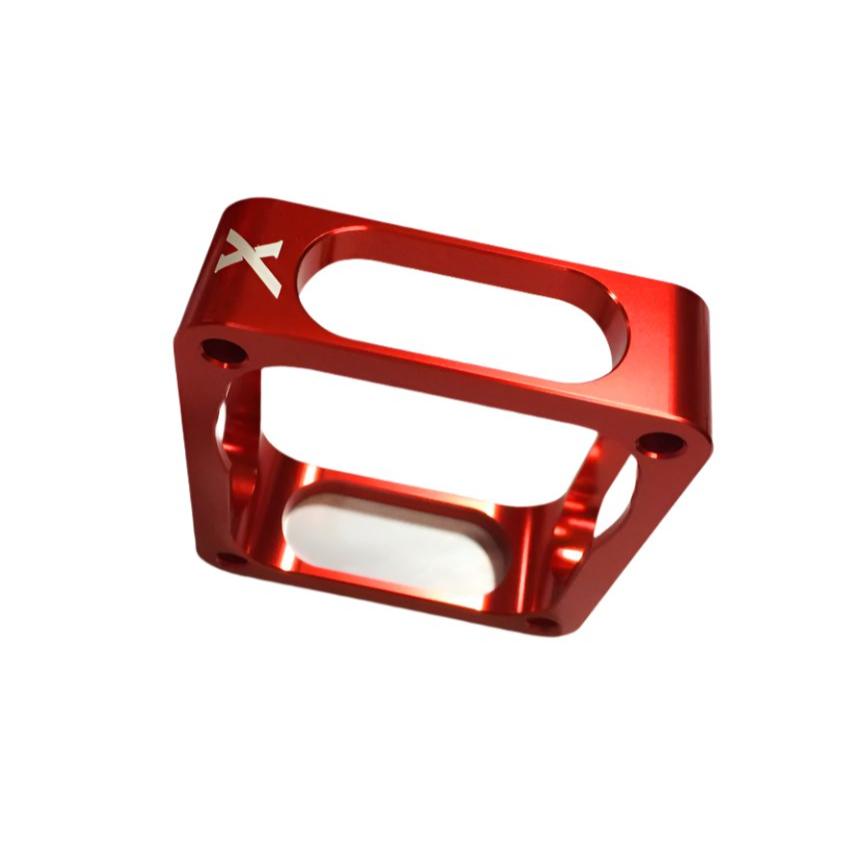Gluing Control Horns
At Extreme Flight, we are always innovating, and making our aircraft quicker and easier to get into the air. We are adding more and more pre-fabrication to our kits every year. For the time being, some of our kits still require the user to install the control horns, and we are often asked what kind of glue we recommmend.
For electric aircraft up to 69" wingspan, we use CA glue. Our recommended procedure is to lightly scuff the tab of the horn which is inserted into the control surface with sandpaper or emerry cloth, and put several drops of medium CA into the slot and a few more drops onto the tabs. Insert the horn quickly and firmly. Then follow up with 1-2 drops of thin CA applied to the joint. We have never had a horn we installed this way fail in the glue joint, in over 20 years of experience.
However, some people want more time to install the horn than CA glue allows. In this case, it is perfectly fine to use an epoxy glue to install the horns on small electric aircraft. Any epoxy glue, 5-30 minutes cure time, is appropriate.
For aircraft 70" and up in size, we recomend an epoxy glue for all control horn installations. Many assemblers become very concerned about the brand and cure time of the epoxy, but the more important consideration is proper mixing. A basic 5-minute epoxy is plenty strong for this joint, but even the most expensive aerospace epoxy product will fail if it isn't sufficiently mixed. Below is an image of a giant-scale horn, glued in with basic 5-minute epoxy, and tested to destruction by overloading.

One good way to ensure that your epoxy is perfectly mixed is to use an epoxy dispensing gun. The gun ensures that the glue components are dispensed in perfect proportion and the disposable mixing tip ensures complete and thorough mixing. The downside is that epoxy purchased in the 50ml gun cartriges is expensive. However, one cartridge will do many, many control horns.




